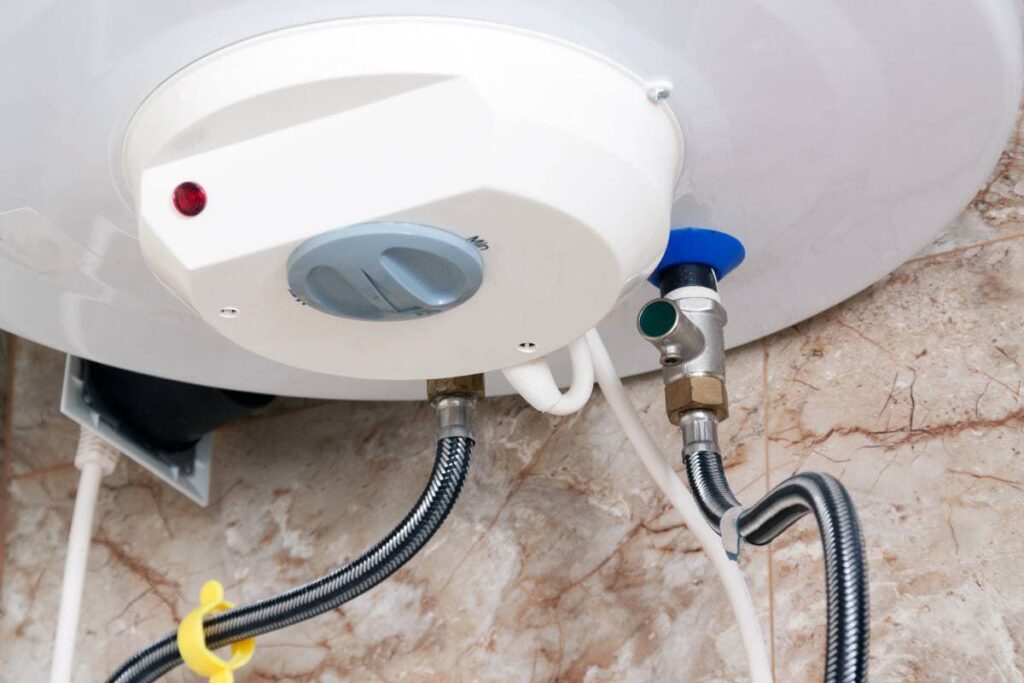Essential Care Techniques for Your Home's Hot Water System
Essential Care Techniques for Your Home's Hot Water System
Blog Article
Listed here below you can locate lots of wonderful insights with regards to Tips For Maintaining Your Hot Water Heater.

Hot water is necessary for day-to-day convenience, whether it's for a refreshing shower or washing meals. To guarantee your warm water system runs successfully and lasts longer, regular maintenance is crucial. This write-up gives practical tips and insights on exactly how to keep your home's warm water system to stay clear of disruptions and costly repair work.
Intro
Keeping your home's hot water system may seem complicated, yet with a few basic actions, you can guarantee it operates smoothly for many years to find. This guide covers whatever from comprehending your warm water system to do it yourself maintenance suggestions and understanding when to contact expert assistance.
Value of Preserving Your Hot Water System
Routine maintenance not only extends the lifespan of your hot water system but also ensures it operates efficiently. Neglecting upkeep can result in reduced effectiveness, greater power costs, and also early failing of the system.
Signs Your Warm Water System Demands Upkeep
Recognizing when your warm water system needs interest can avoid significant problems. Watch out for signs such as inconsistent water temperature level, weird sounds from the heating unit, or rusty water.
Flushing the Hot Water Heater
Purging your hot water heater eliminates debris build-up, boosting performance and lengthening its life.
Monitoring and Changing Anode Rods
Anode poles stop rust inside the tank. Inspecting and changing them when worn is essential.
Complex Concerns Needing Expert Help
Examples include significant leaks, electrical troubles, or if your water heater is consistently underperforming.
Regular Expert Maintenance Benefits
Specialist maintenance can consist of complete evaluations, tune-ups, and ensuring conformity with security standards.
Evaluating and Readjusting Temperature Level Settings
Readjusting the temperature setups makes sure optimal efficiency and safety.
Do It Yourself Tips for Maintenance
You can execute a number of maintenance jobs yourself to maintain your hot water system in leading condition.
Looking for Leaks
Consistently inspect pipelines and connections for leakages, as these can lead to water damages and higher expenses.
Understanding Your Warm Water System
Before diving right into upkeep tasks, it's handy to understand the standard components of your warm water system. Typically, this consists of the hot water heater itself, pipes, anode poles, and temperature controls.
Regular Monthly Maintenance Tasks
Routine month-to-month checks can help catch small issues prior to they rise.
Evaluating Pressure Alleviation Valves
Testing the pressure safety valve ensures it works appropriately and avoids extreme stress buildup.
Protecting Pipelines
Insulating warm water pipelines reduces warm loss and can conserve energy.
When to Call an Expert
While do it yourself upkeep is advantageous, some problems call for professional competence.
Verdict
Regular maintenance of your home's warm water system is crucial for efficiency, durability, and expense financial savings. By following these ideas and knowing when to look for specialist help, you can ensure a reputable supply of warm water without unexpected interruptions.
Water Heater Maintenance Tips
Test the TPR Valve
Shut off the power and the cold-water supply valve. Place a bucket under the pipe connected to the temperature-pressure-release (TPR) valve on the top or side of the tank. (This valve opens if the tank pressure gets too high.) Lift the valve’s tab to let some water out, then let go. If water keeps flowing, drain the tank partway, unscrew the old valve with a pipe wrench, and install a new one. Check the Anode Rod
Put a hose to the tank’s drain cock and let out a few gallons of water. Now fit a 1 1/16-inch socket onto the rod’s hex head on top of the heater (or under its top plate) and unscrew the rod. If it’s less than ½ inch thick or coated with calcium, buy a new one, wrap its threads with Teflon tape, put it back in the tank, and tighten securely. Use this segmented rod if headroom above the tank is limited. Drain the Tank and Wash Out Sediment
Drain the remaining water in the tank into the bucket, then stir up the sediment on the tank’s bottom by briefly opening the cold-water supply valve. Drain and repeat until clean water comes out of the hose. Close the drain cock, refill the tank, and turn its power back on. Adjust the Temperature
Find the temperature dial on the side of the tank and unscrew its cover. Adjust the dial to 120 degrees using a flathead screwdriver. For every 10 degrees the temperature is lowered, you can expect to save up to 5 percent in energy costs. Turn the water heater off or the thermostat down to its lowest setting if you plan to be away from home for more than three days. Insulate the Pipes
Buy some self-sticking 3/8-inch-thick foam pipe insulation that matches the pipes’ diameter. Slide the foam over the hot-and cold-water pipes as far as you can reach. Insulating the cold-water pipe prevents condensation in summer. Peel the tape and squeeze the insulation closed. If the pipe is 6 inches or less from the flue, cover it with 1-inch-thick unfaced fiberglass pipe wrap. https://www.thisoldhouse.com/plumbing/21016402/how-to-maintain-a-water-heater

As a person who reads about Tips on Maintaining a Water Heater, I thought sharing that section was really helpful. Are you aware of someone else who is fascinated by the topic? Do not hesitate to share it. I cherish your readership.
Book Now! Report this page